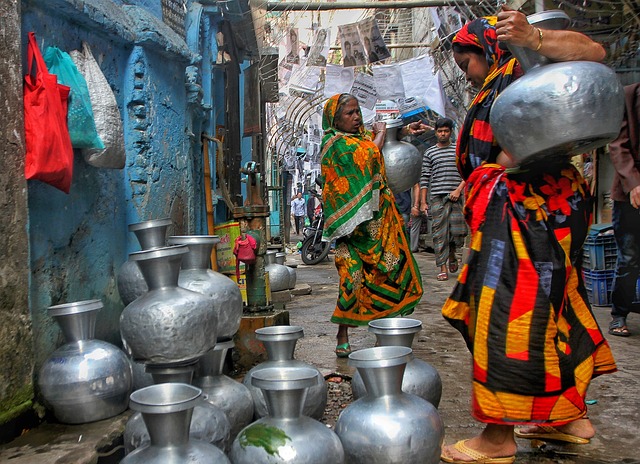The Silent Crisis: Understanding Water Scarcity
In the vast stretches of our planet, where deserts slowly creep beyond their known boundaries, an invisible yet devastating crisis takes hold — water scarcity. It’s not merely about the absence of water; it’s about the unraveling of communities, the drying up of dreams, and the silent roar of the earth pleading for relief.
The Slow March of Desertification
Desertification is more than just the expansion of arid land; it’s the thief in the night that steals fertile soils, livelihoods, and hope. As the soil hardens and vegetation vanishes, water sources diminish, setting off a catastrophic domino effect. Rivers shrink, lakes evaporate, and aquifers dwindle, leaving behind a parched and unforgiving landscape.
Living Amidst the Thirst
For those who inhabit these regions, the reality of water scarcity is deeply personal. Every drop becomes precious, every well a beacon of life. Families wake before dawn to fetch water, children miss school to help with the daily quest, and farmers watch their crops wither under an unyielding sun. This drought is not just in the environment — it’s etched into the very fabric of daily existence.
The Ripple Effects on Nature and Humanity
Water scarcity doesn’t discriminate. Wildlife migrates or succumbs, vegetation retreats, and the balance of ecosystems tilts dangerously. Human health deteriorates as access to clean water fades, leading to malnutrition and disease. Social tensions rise as communities compete for the dwindling resource, making water scarcity a catalyst for conflict and displacement.
A Call to Act: Hope Amidst the Dust
Yet, in this challenging landscape, stories of resilience emerge. Innovative water management, sustainable agriculture, and community-led conservation efforts shine a light in the dark. By recognizing the urgent need to combat desertification and prioritize water conservation, we can rewrite the tale — transforming scarcity into sustenance, despair into determination.


